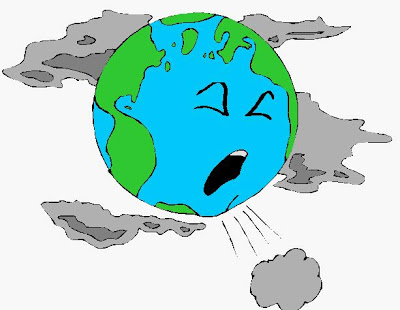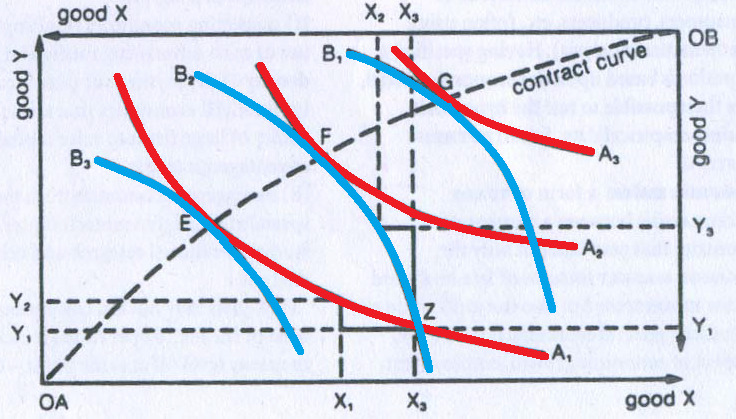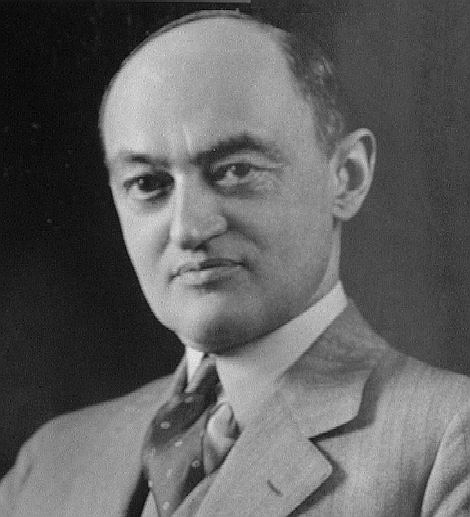Why do people use resources like the environment? This is because, pollution is a byproduct of activities that add to their welfare. These activities bring economic gain to producers and utility gain to consumers. We do not pollute the planet just for fun; we do it as part of activities that improve our welfare. The economists view of environmental pollution is that pollution creates another trade-off of cost and benefit that must be weighed on a case by case basis.
Many of our streams and lakes have historically served as depositories of chemical waste generated by industrial plants and mines. Some are cleaner now, but many still suffer damage form earlier discharges of chemicals, like PCBs whose “half-lives” are measured in hundreds of years.… Read the rest



